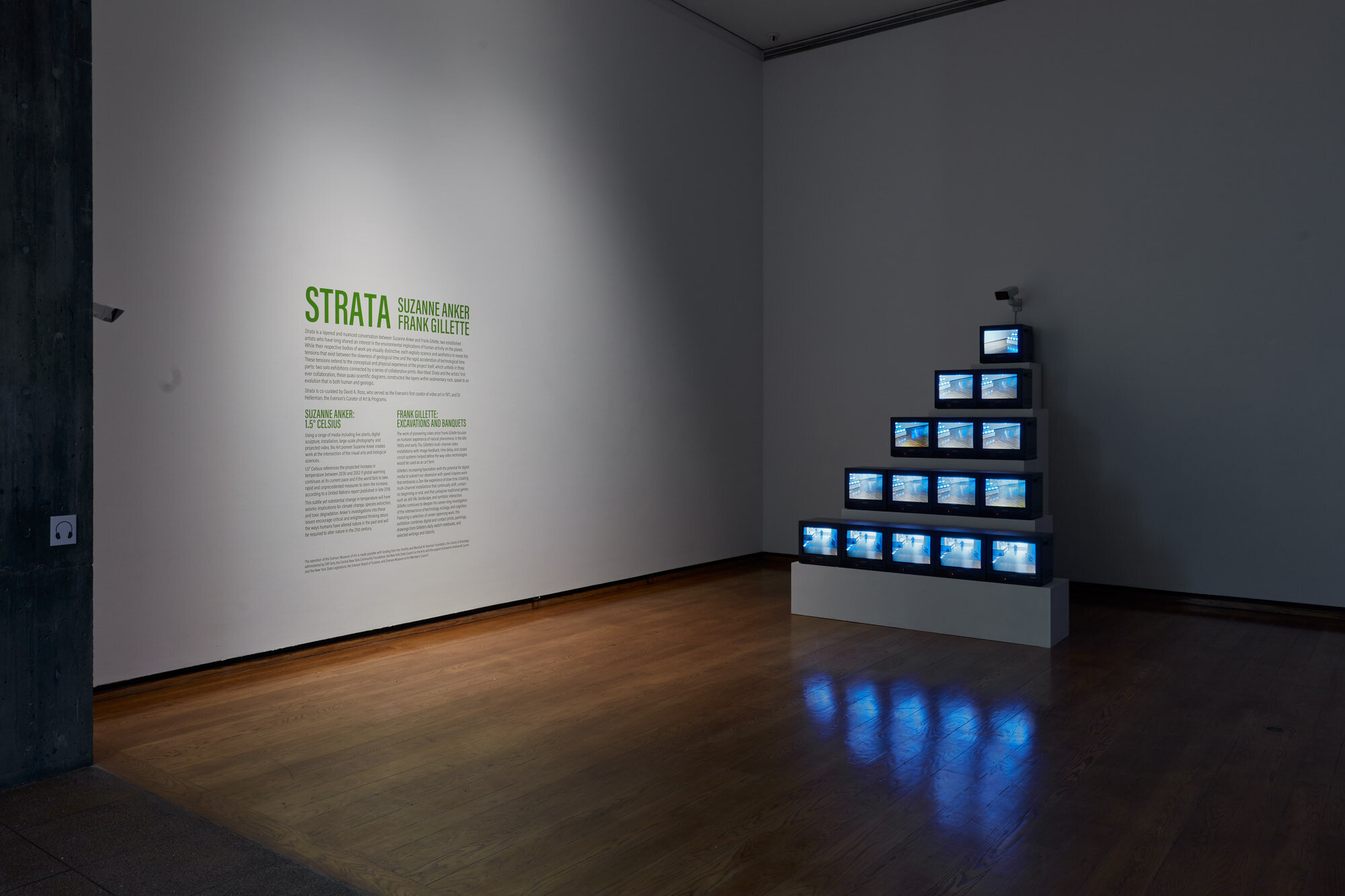
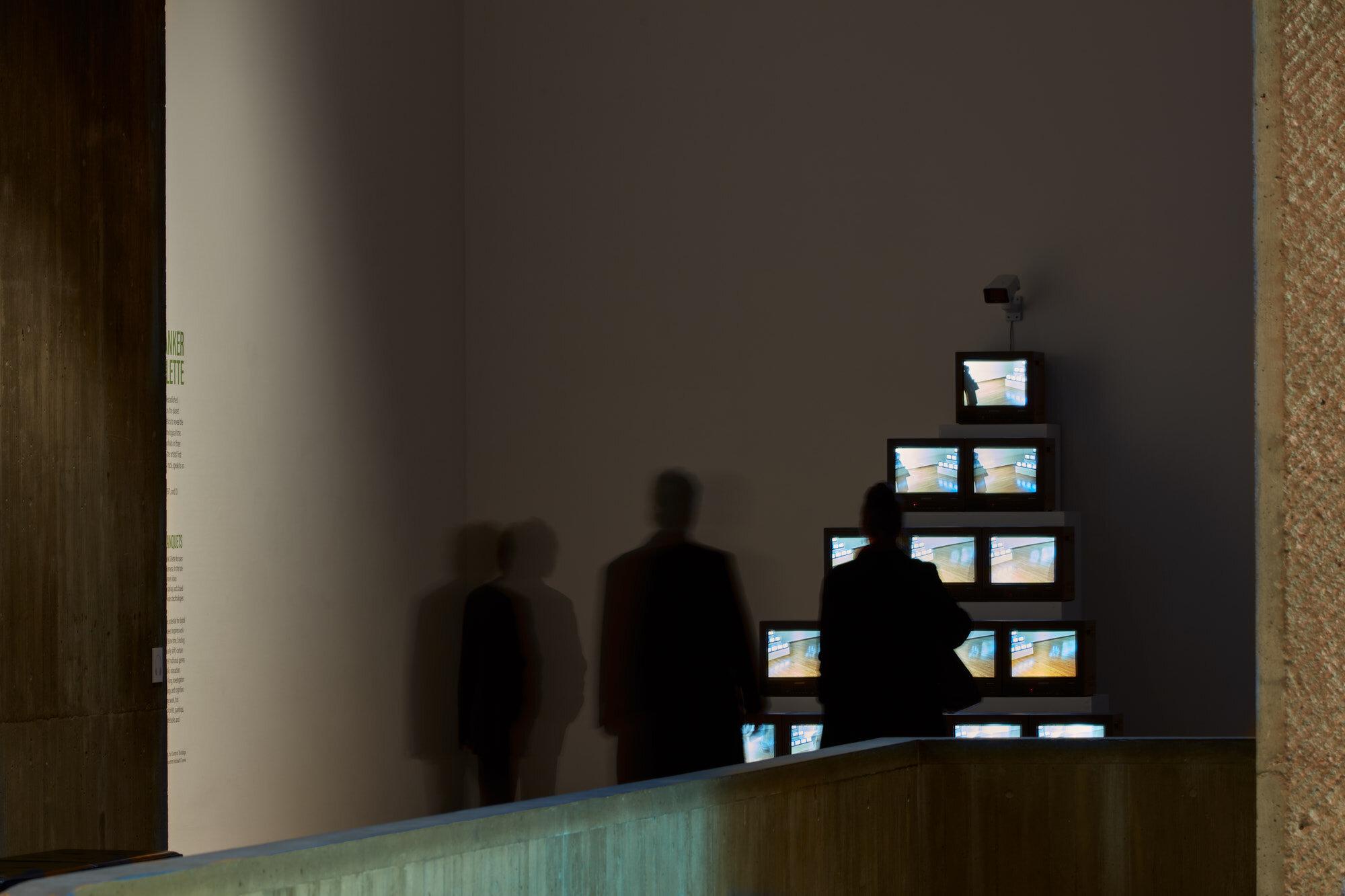
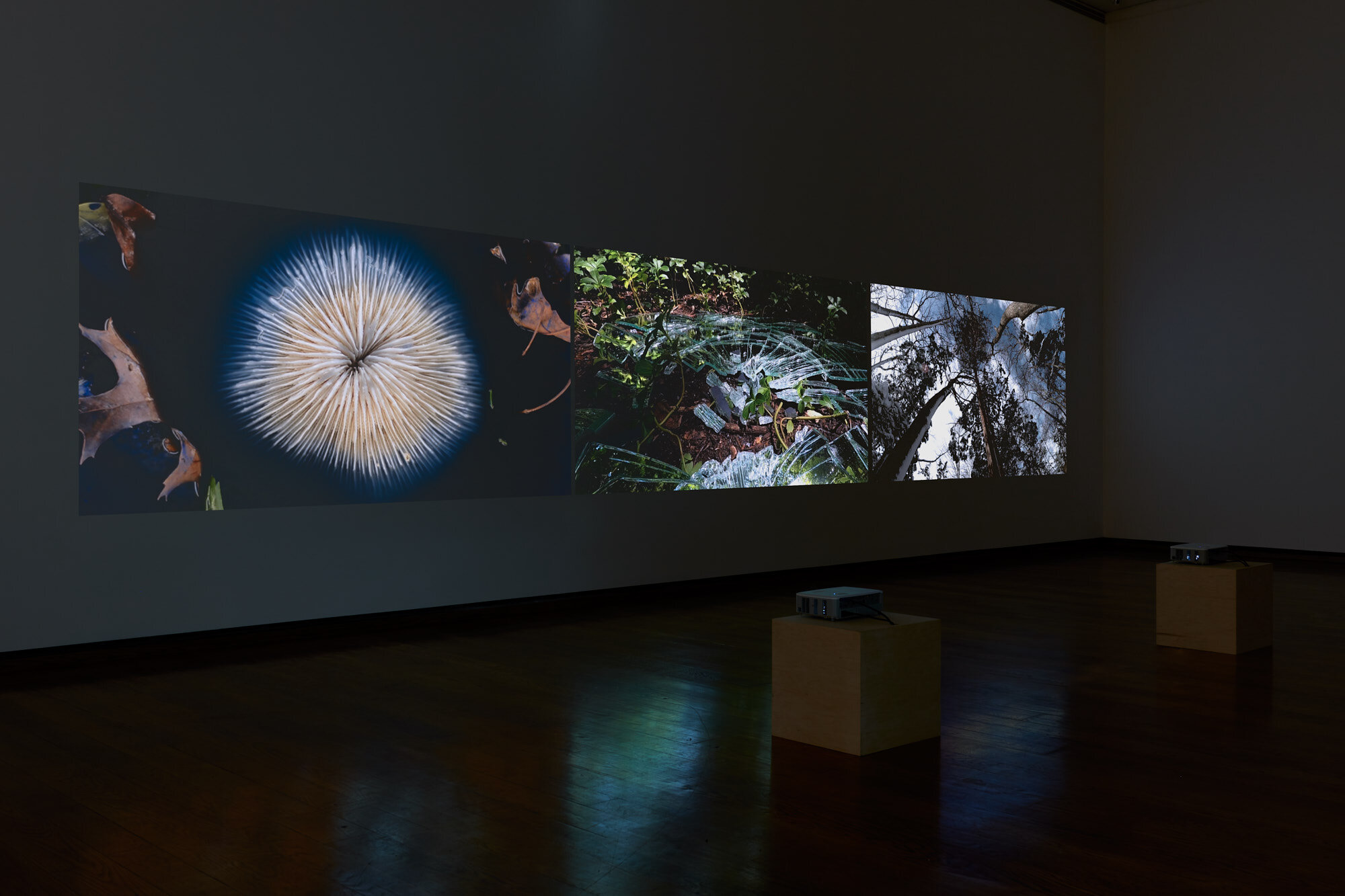
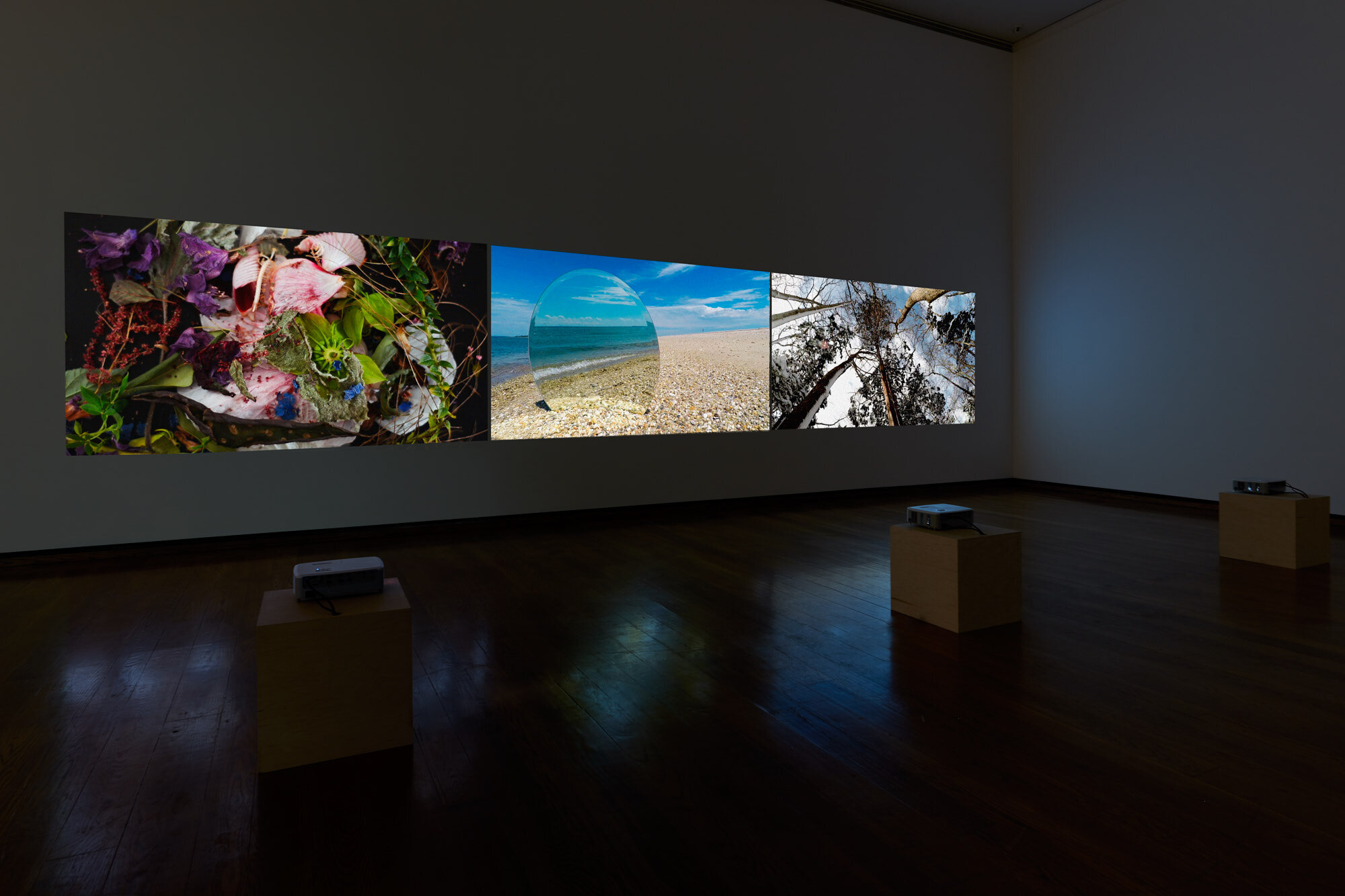
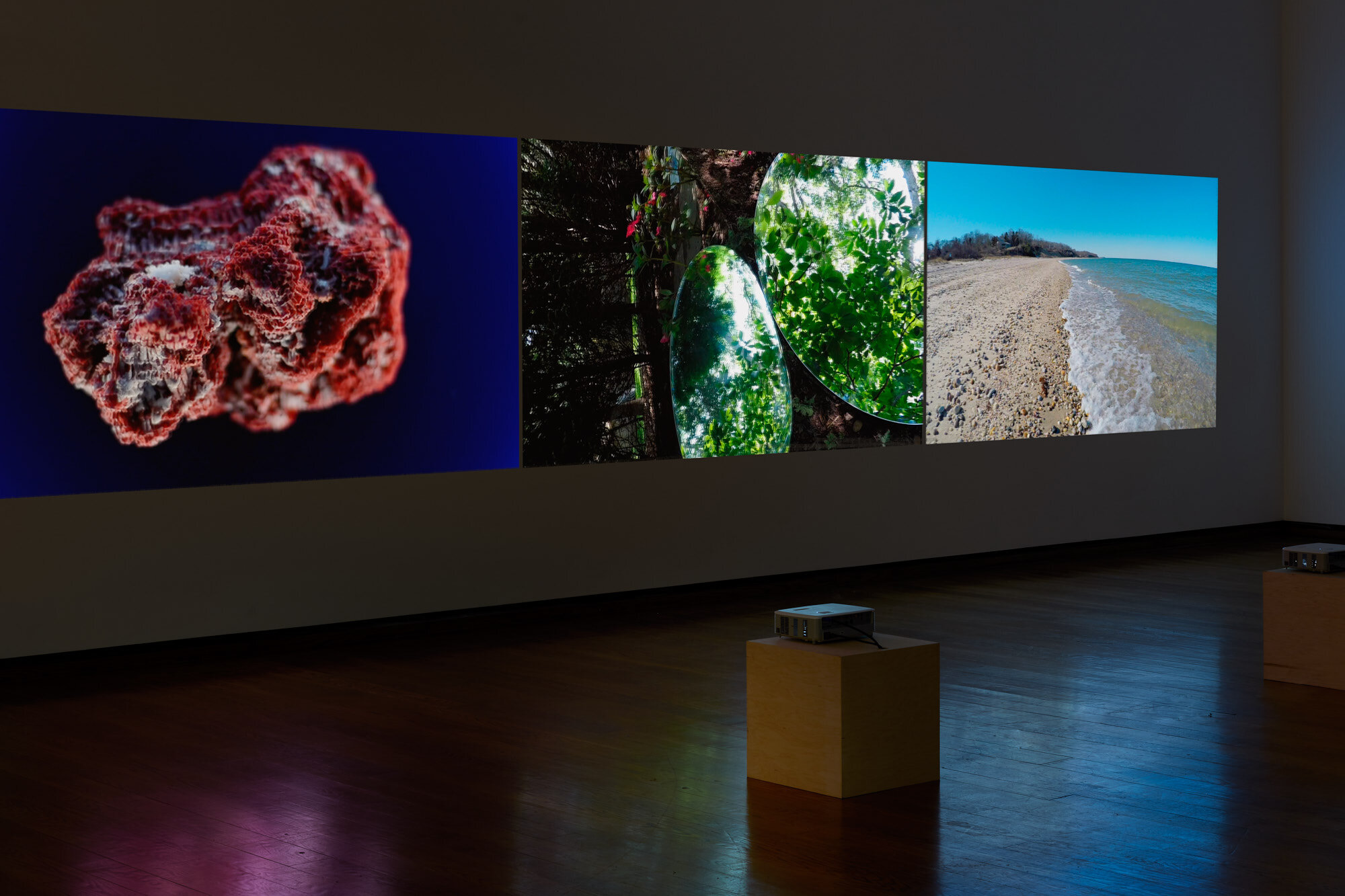
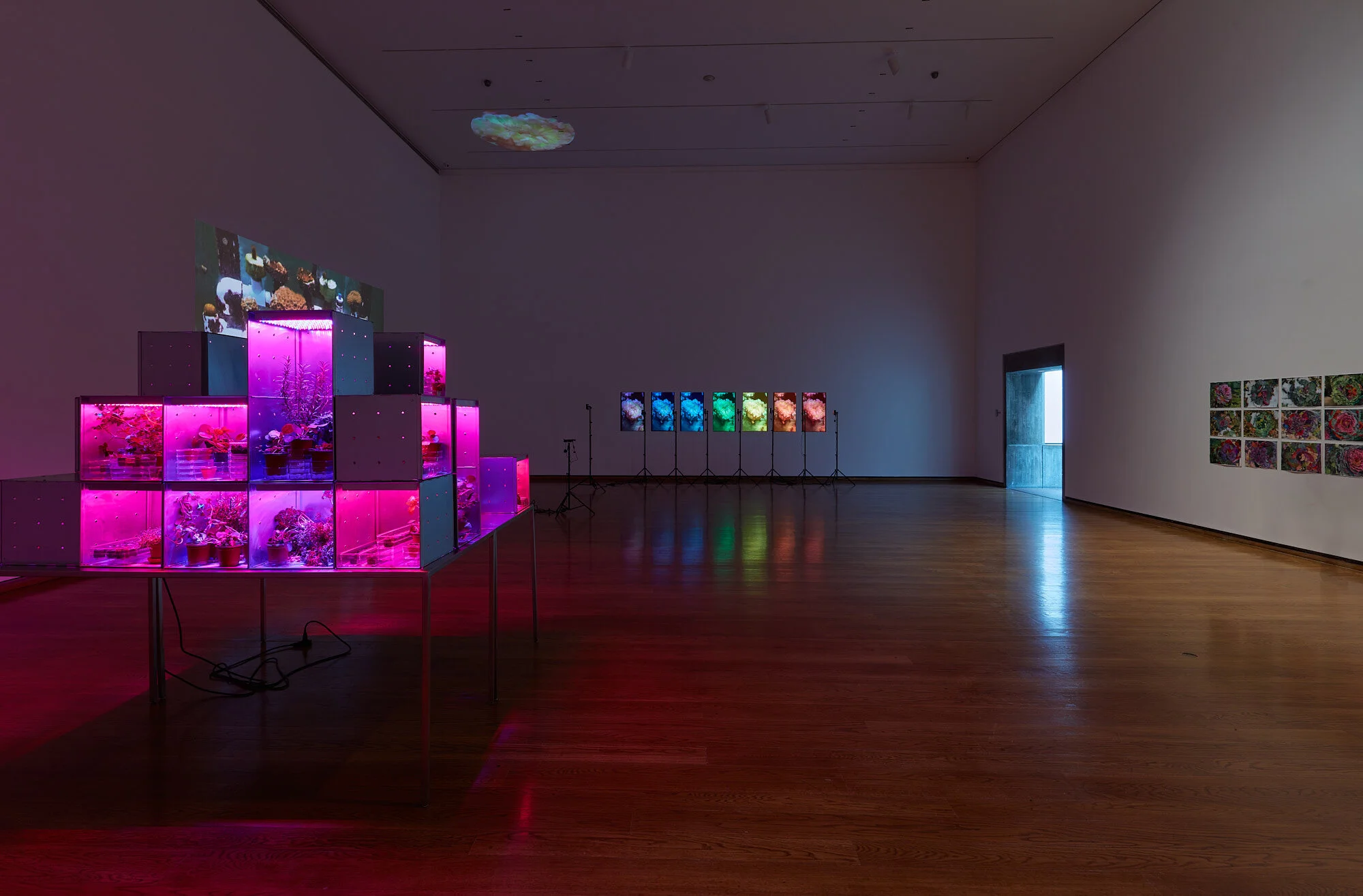
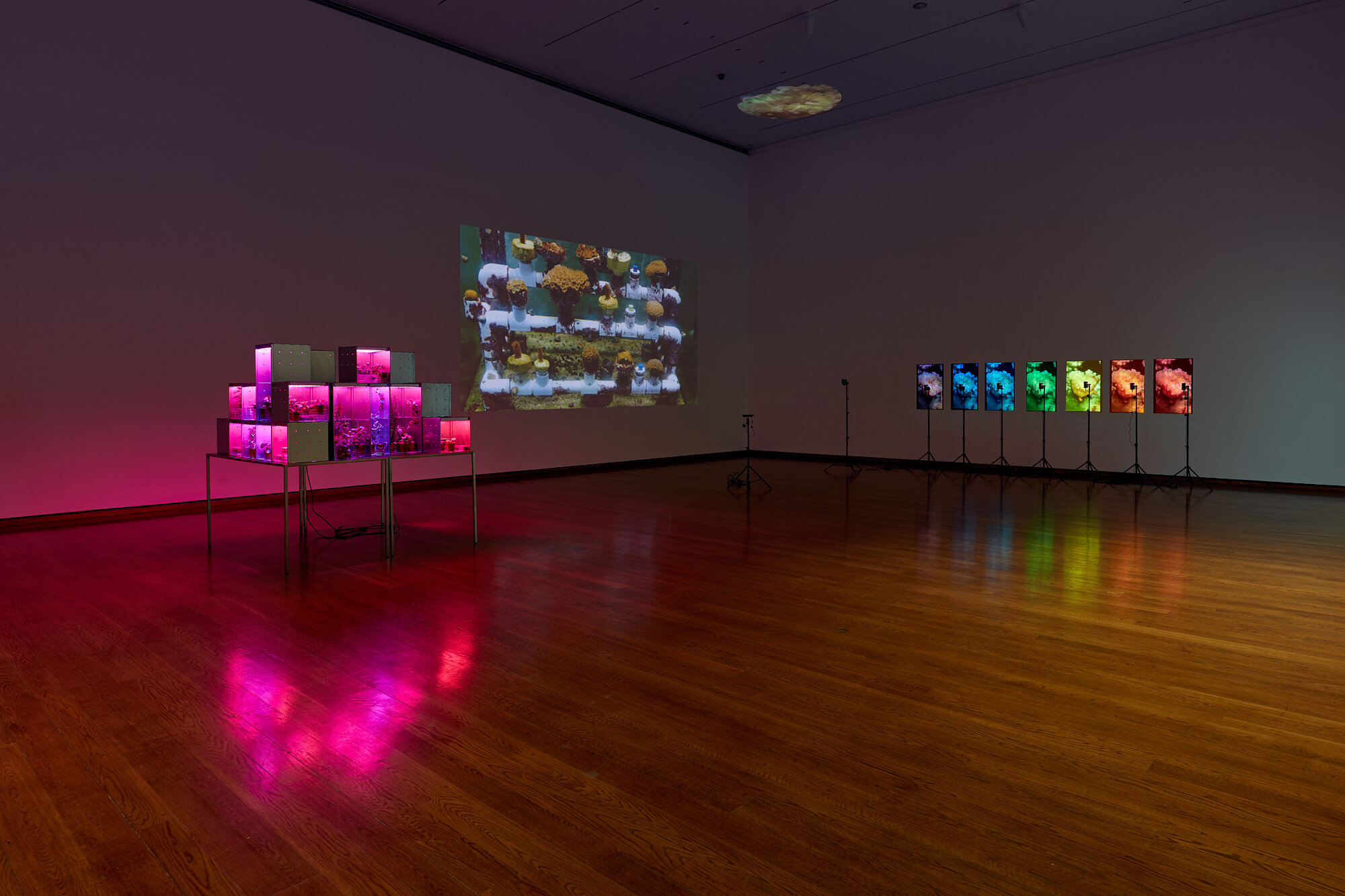
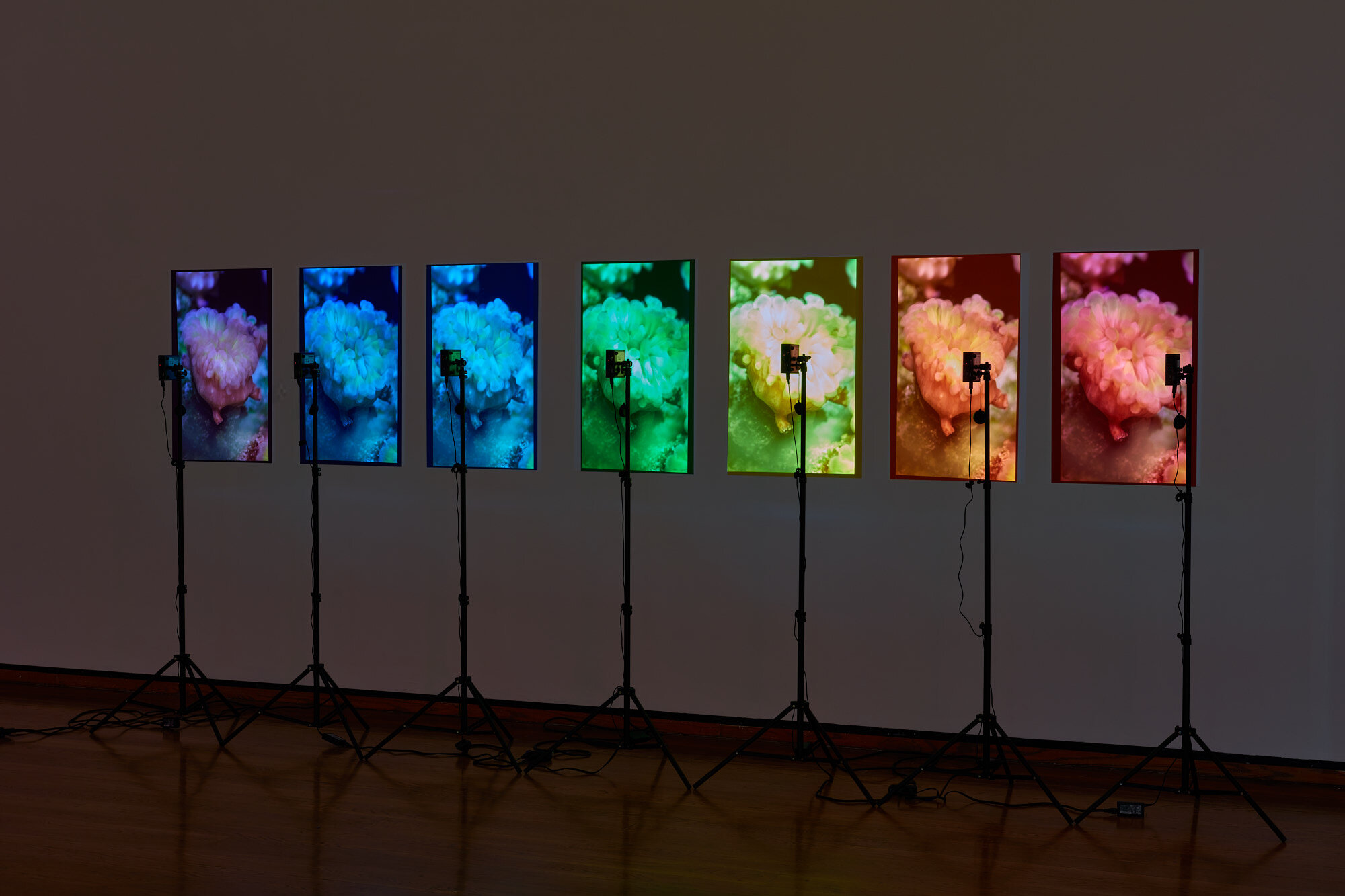
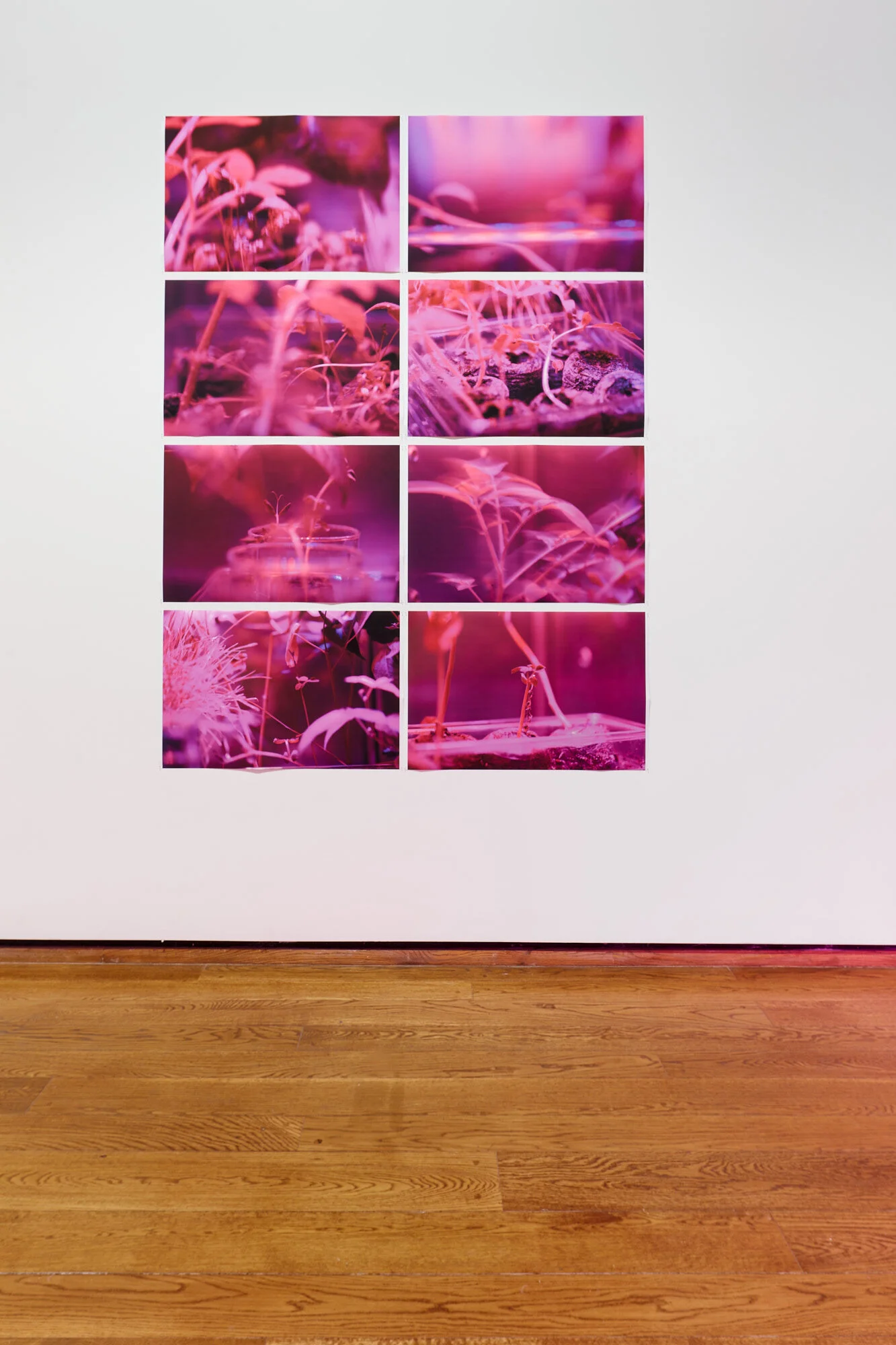
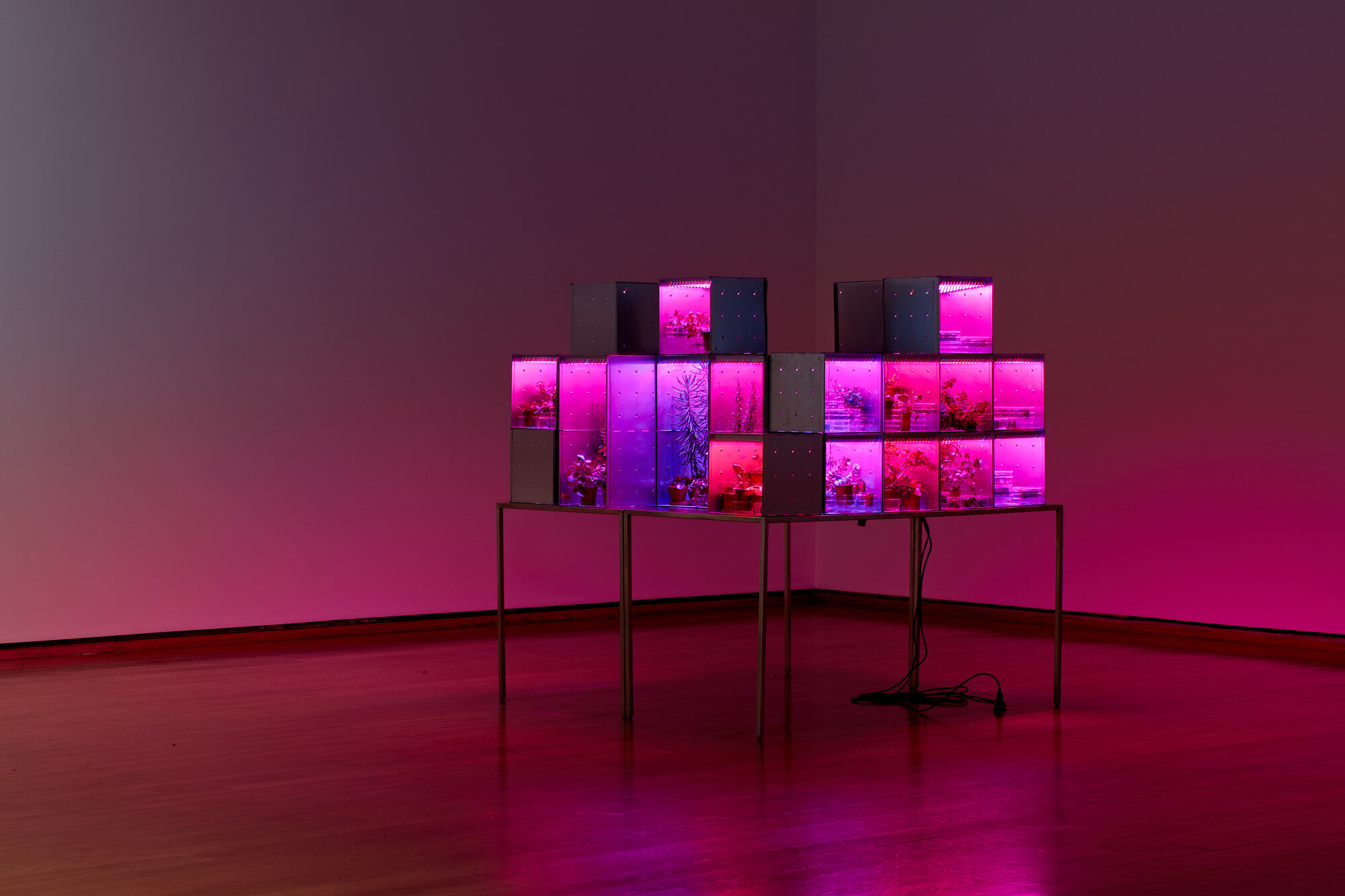
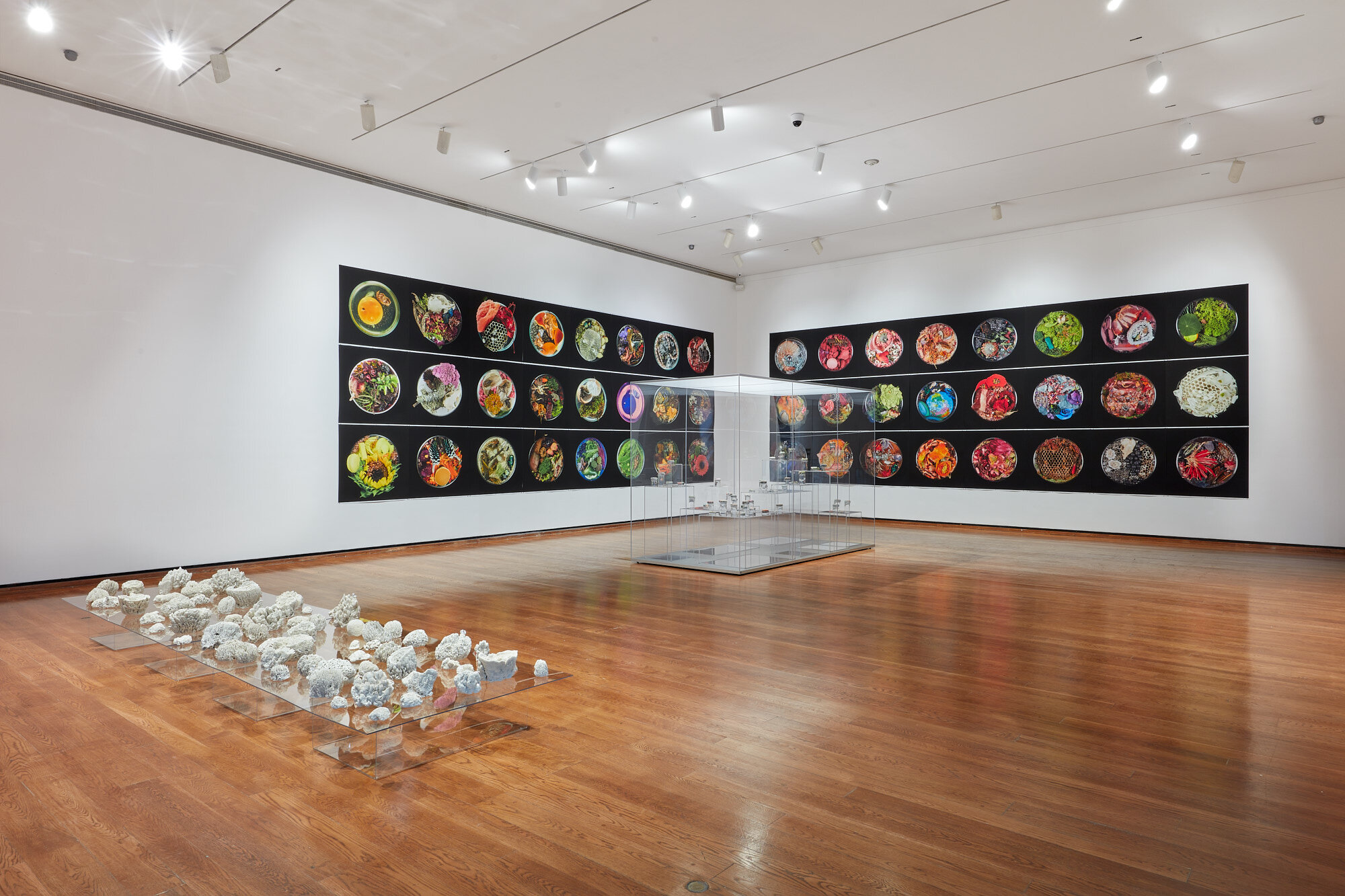
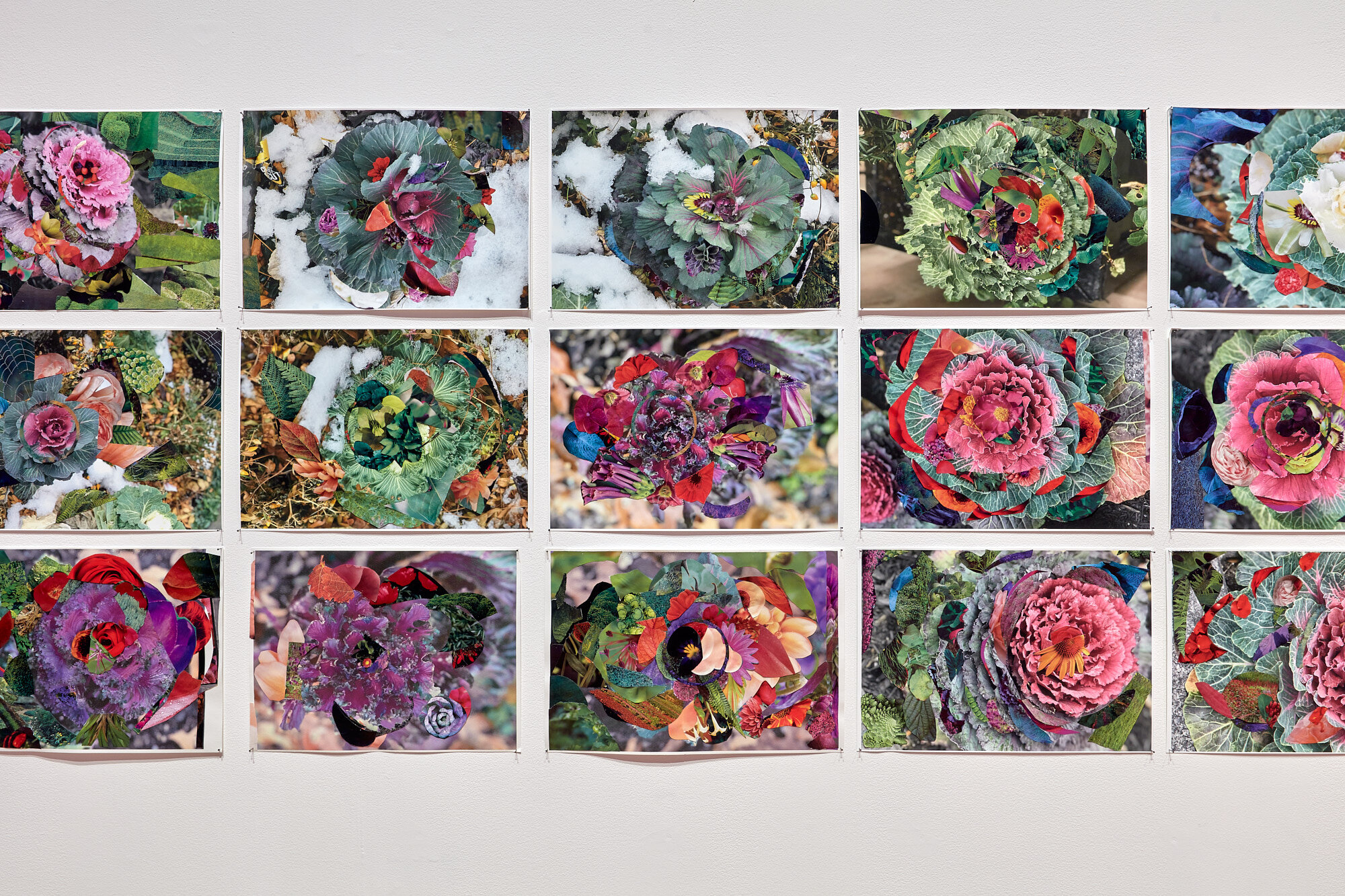
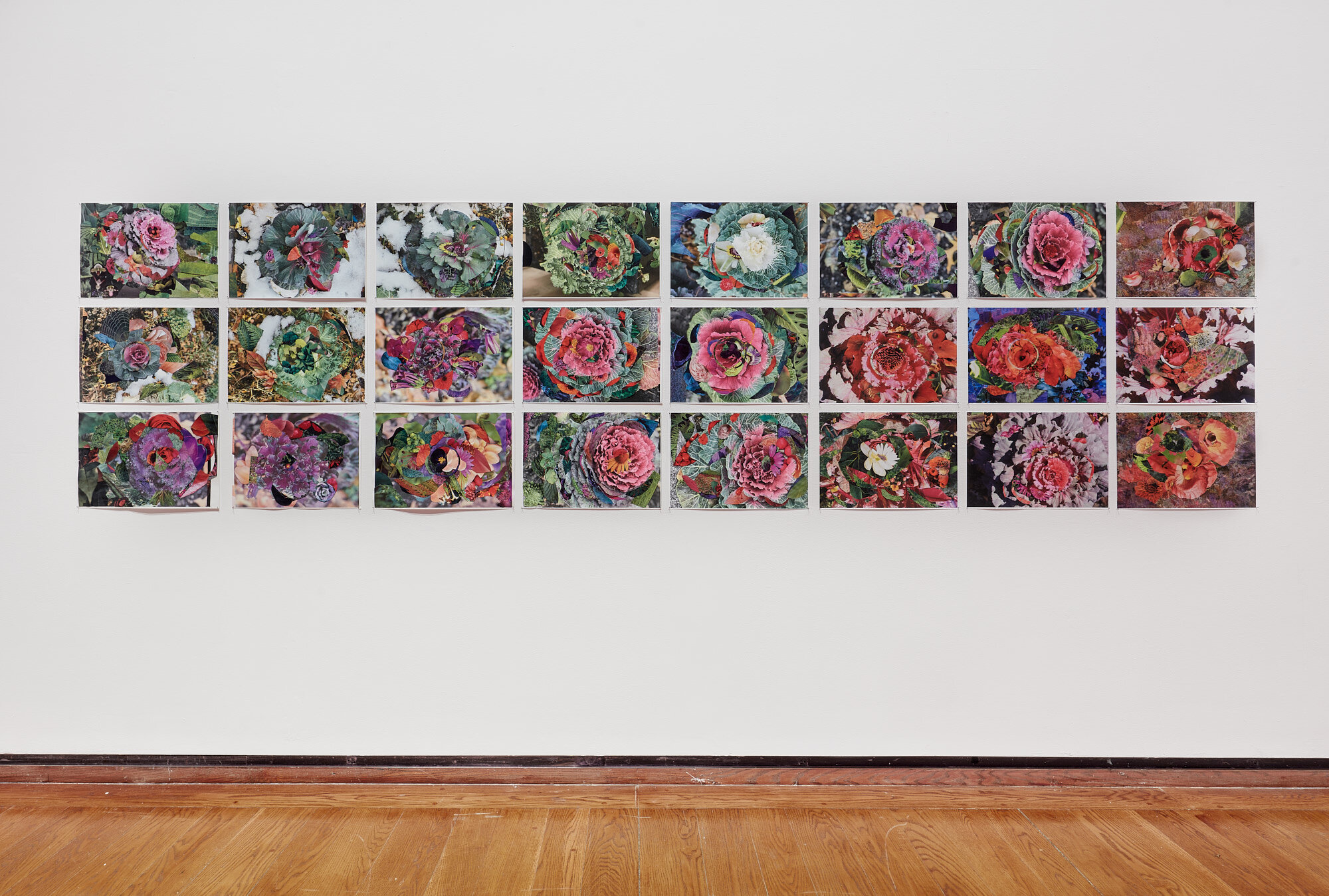
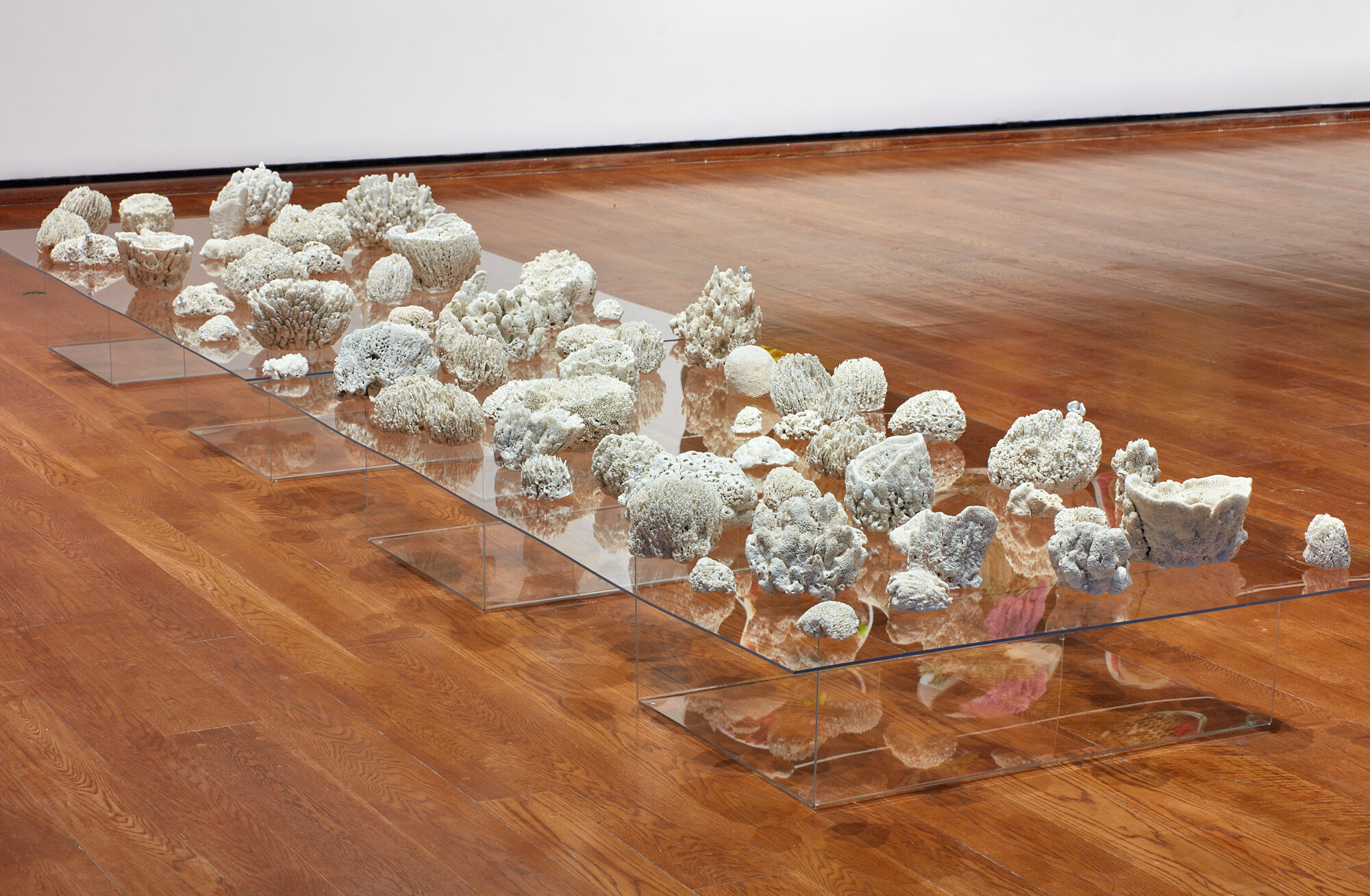
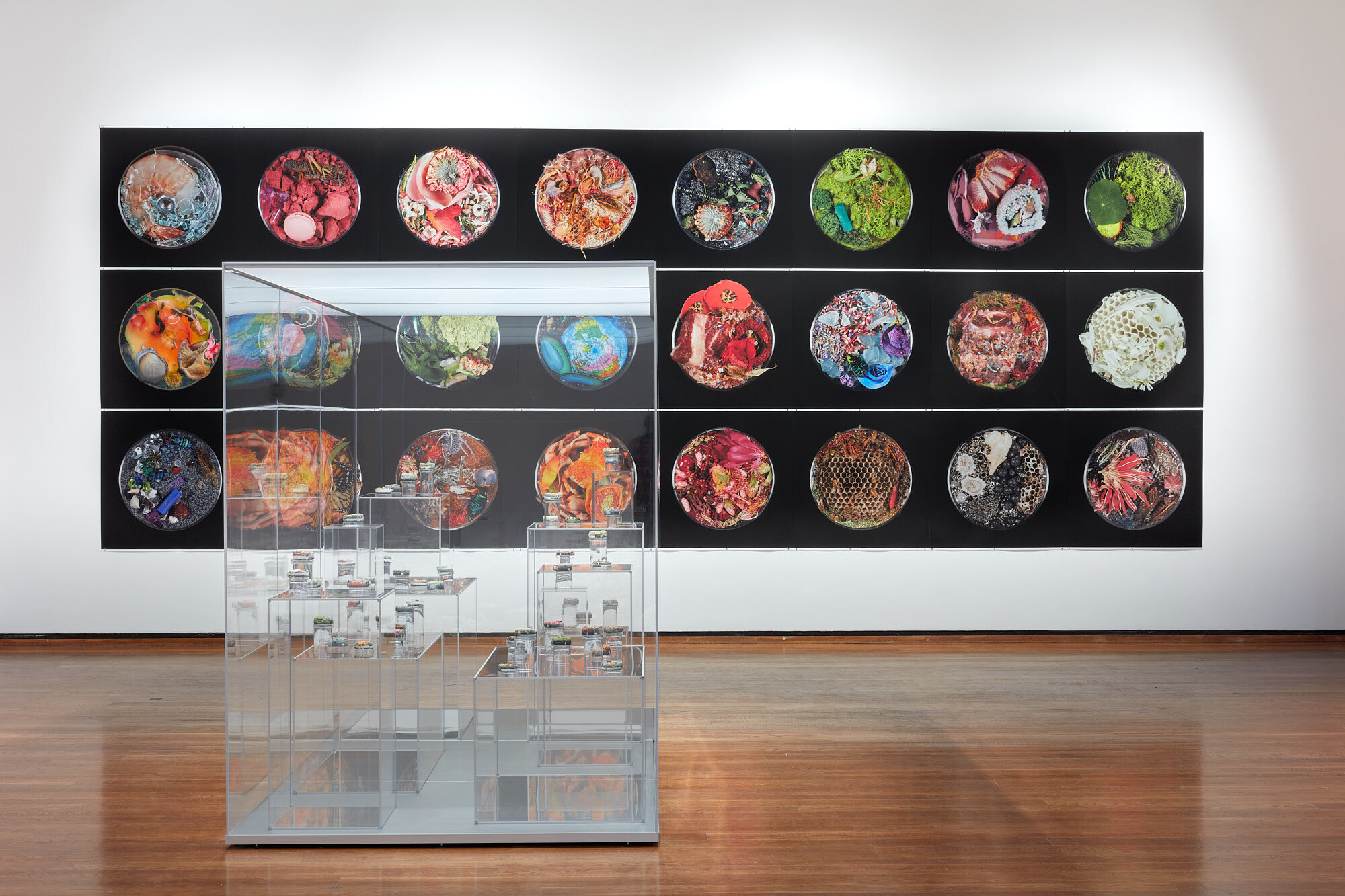
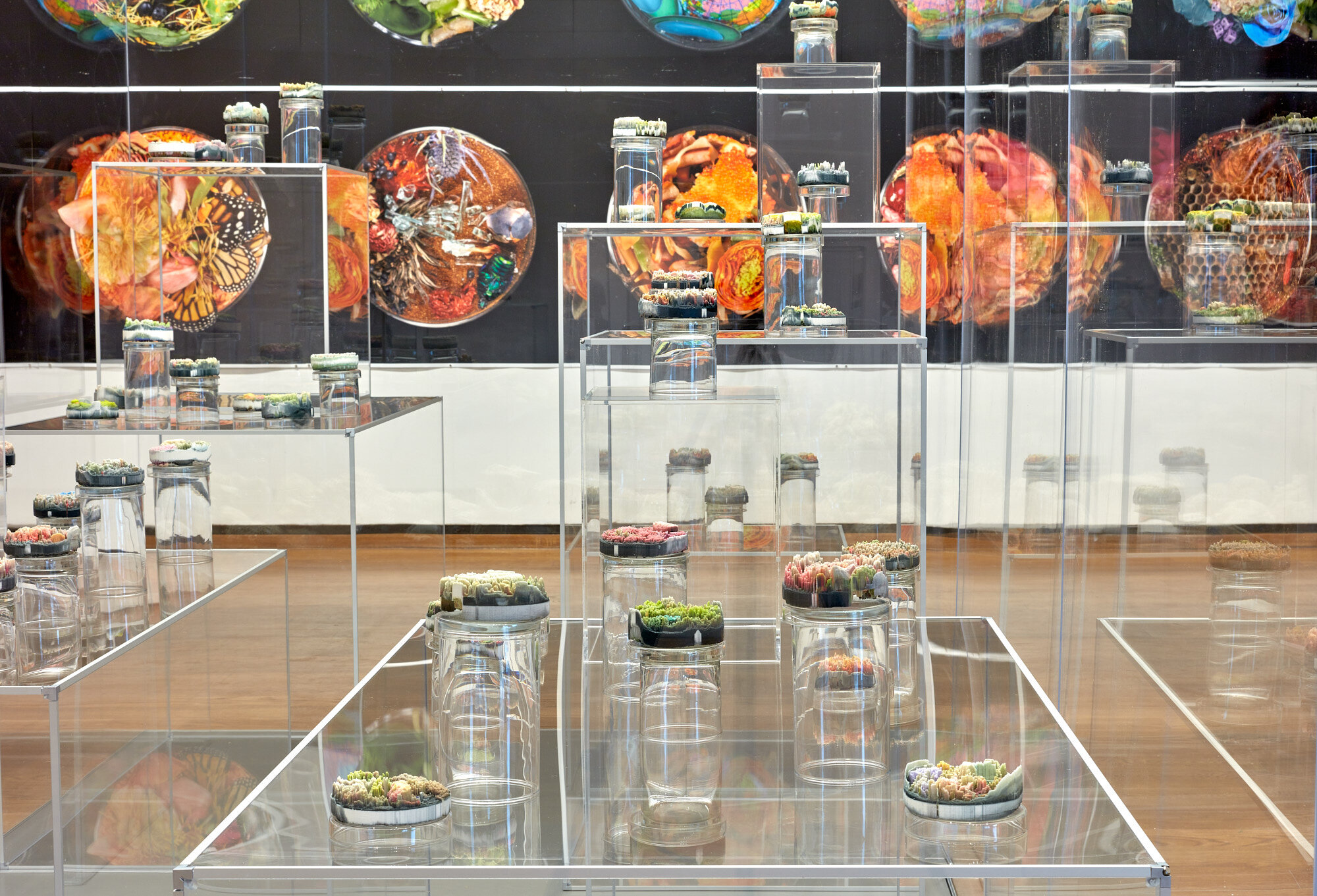
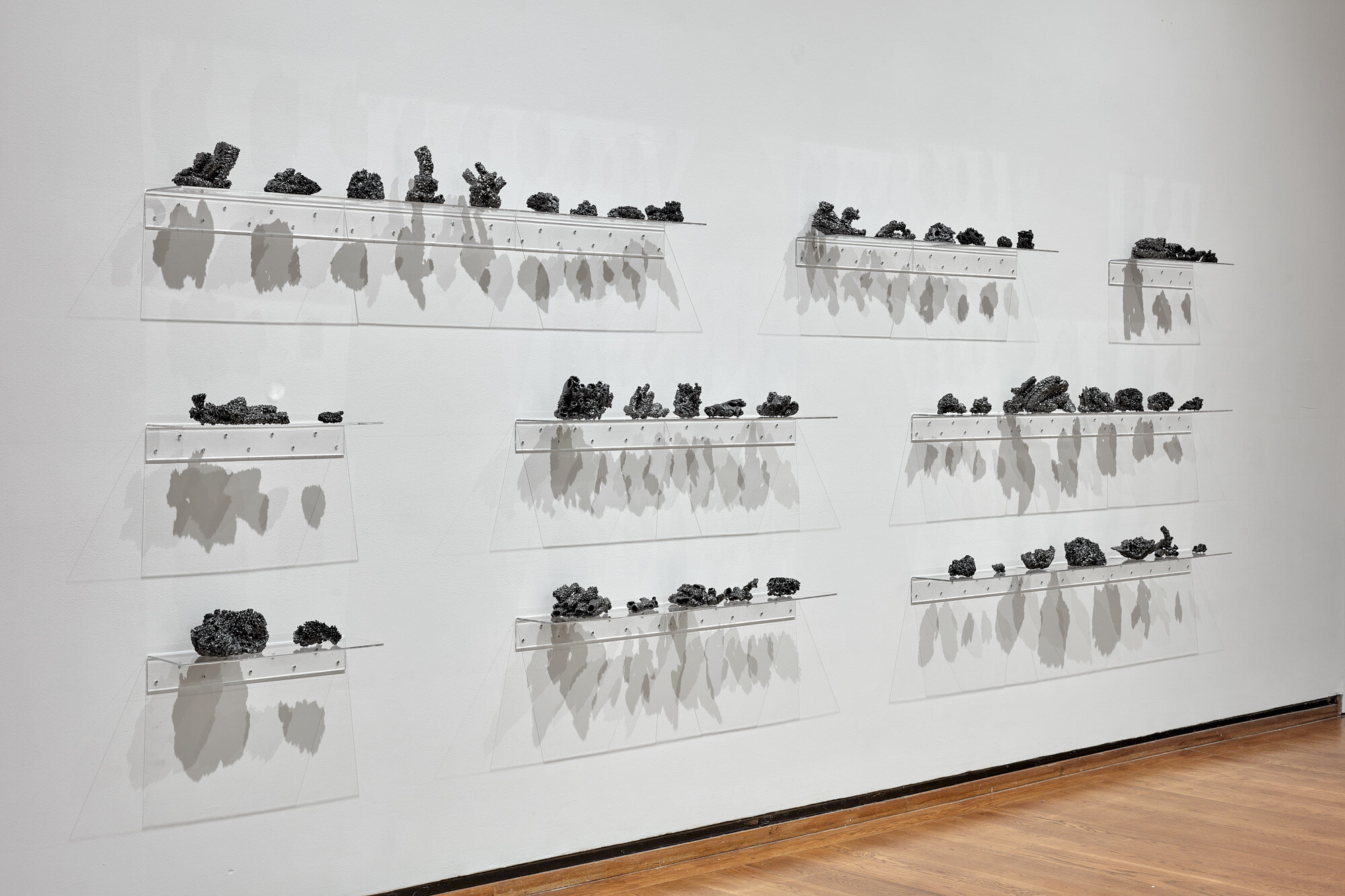
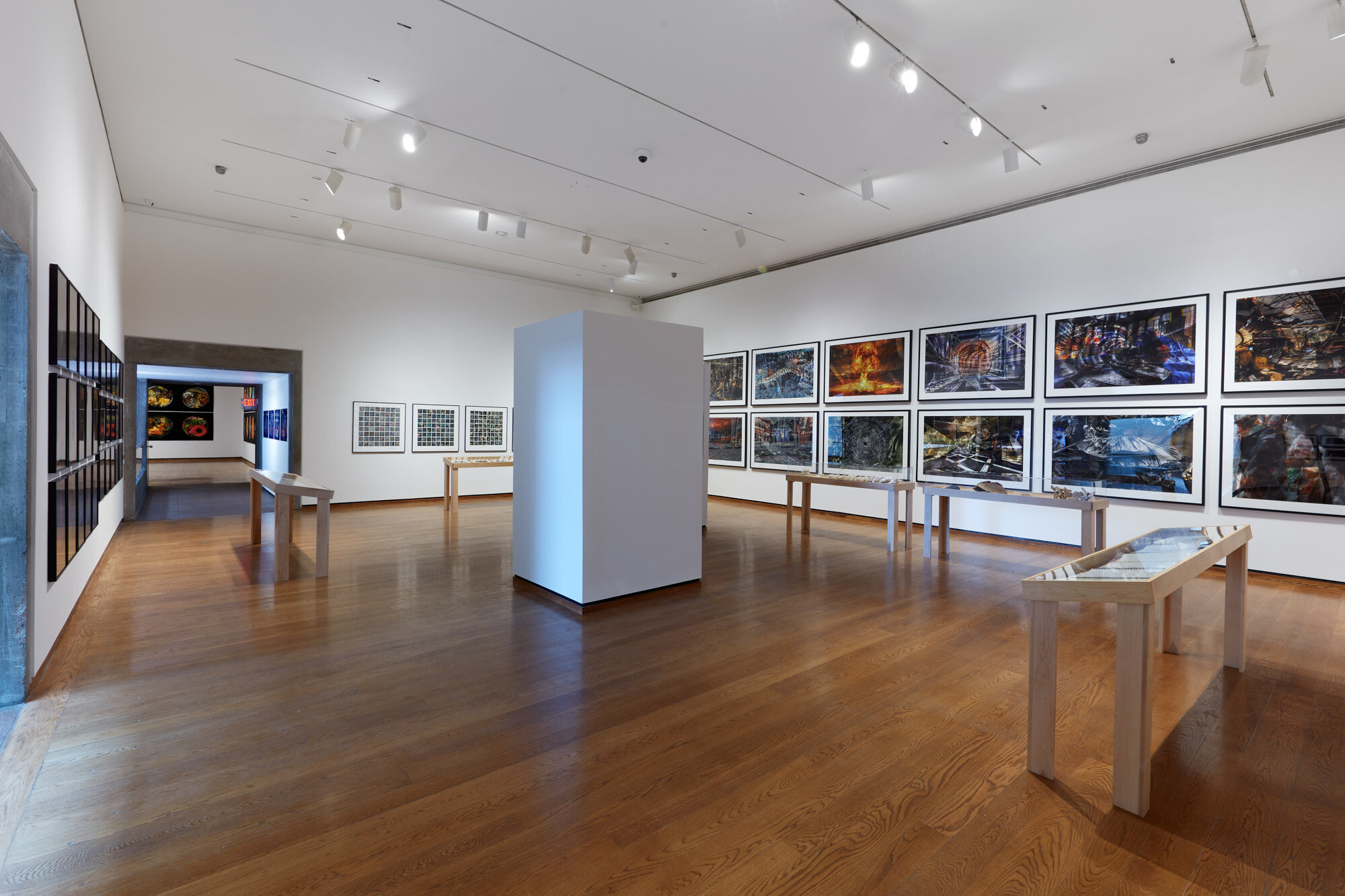
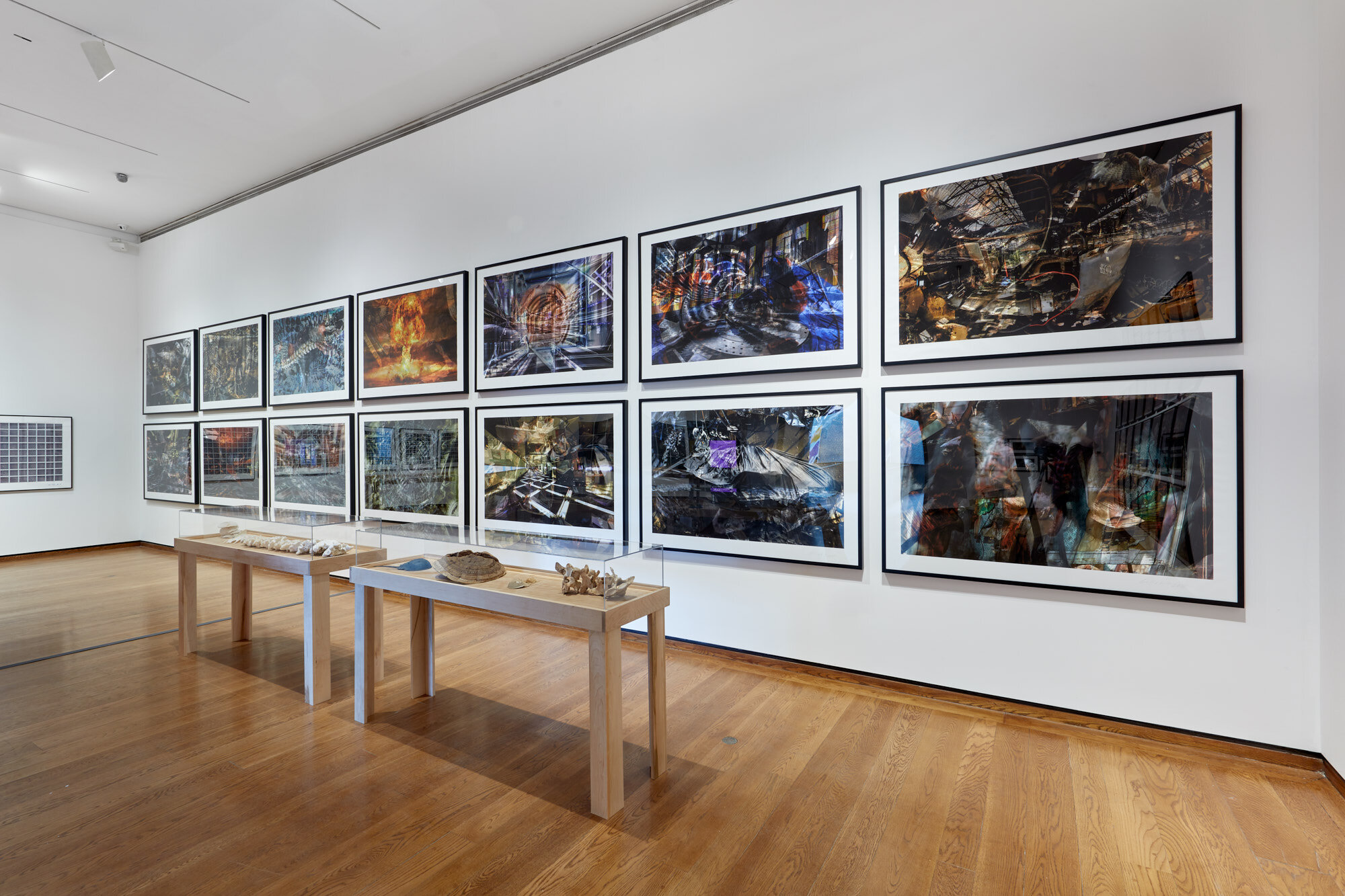
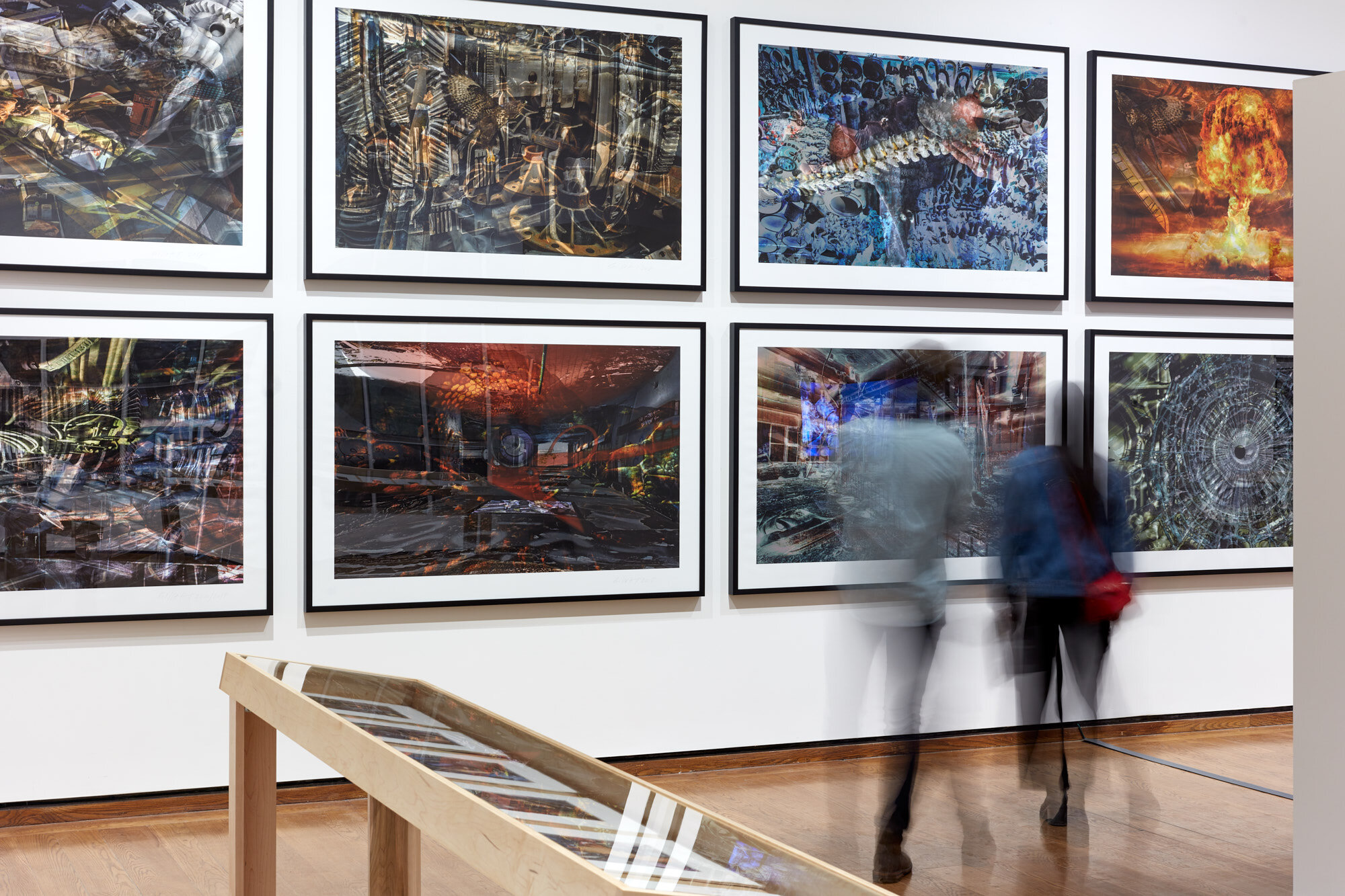
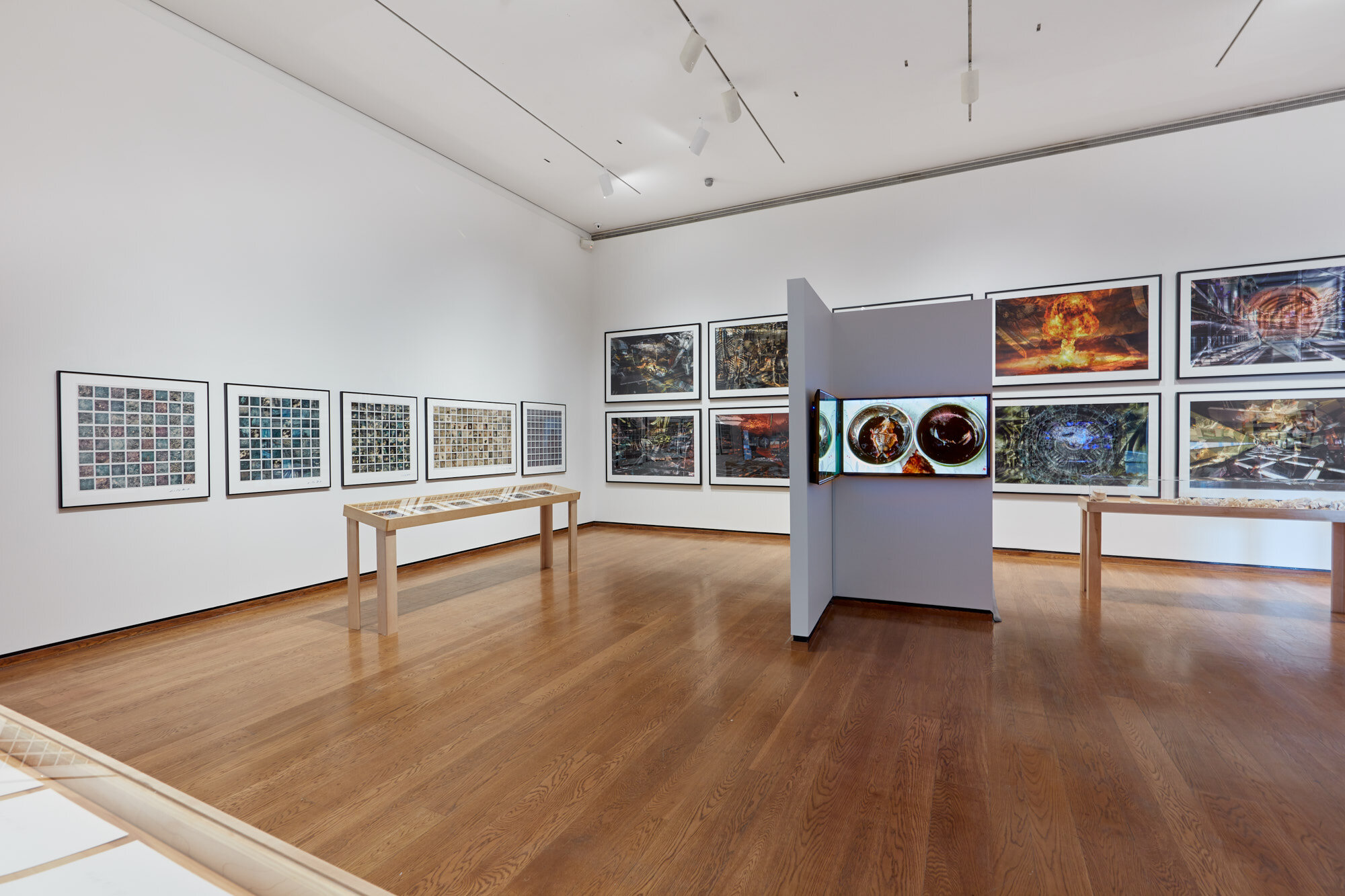

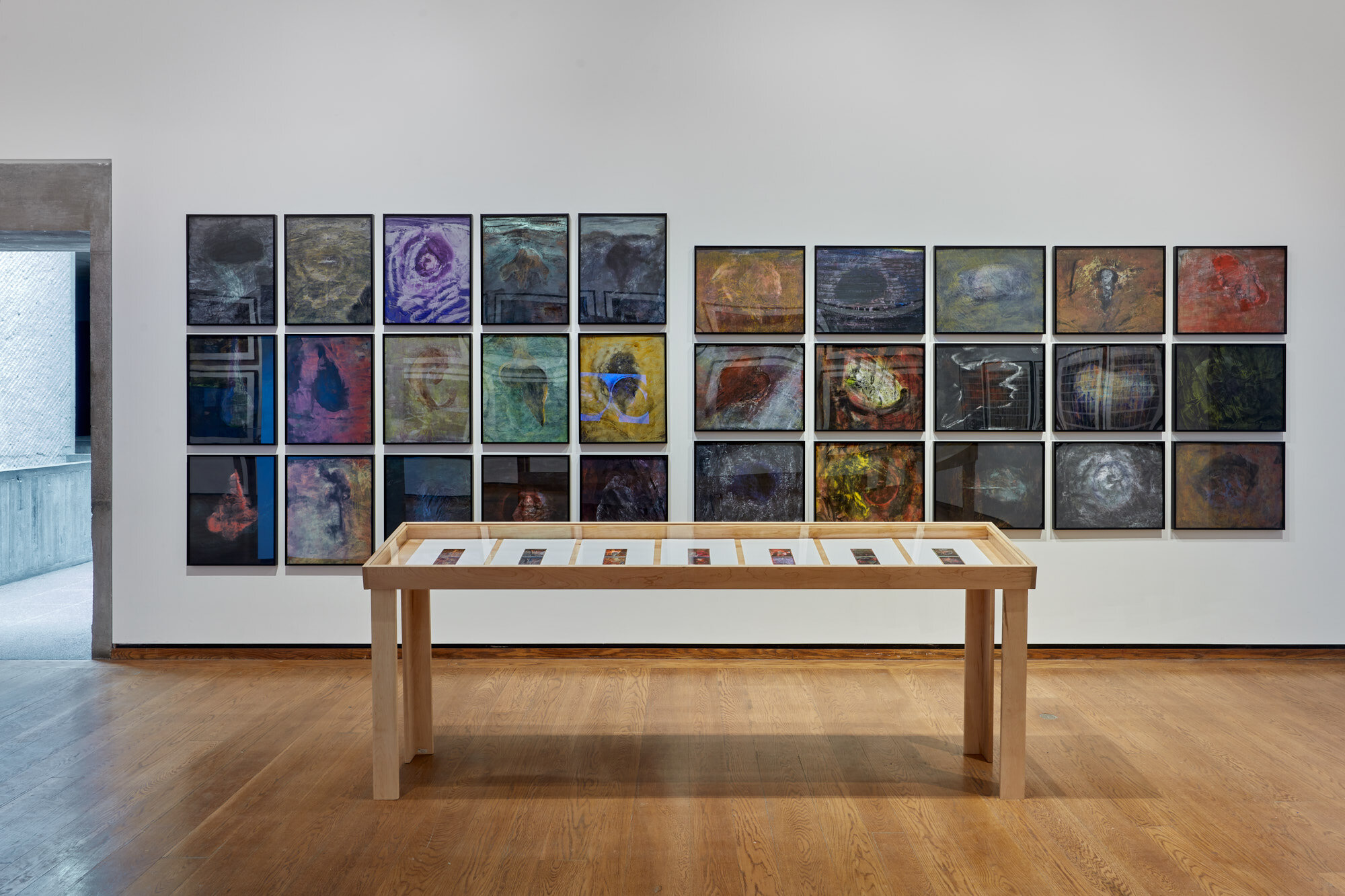
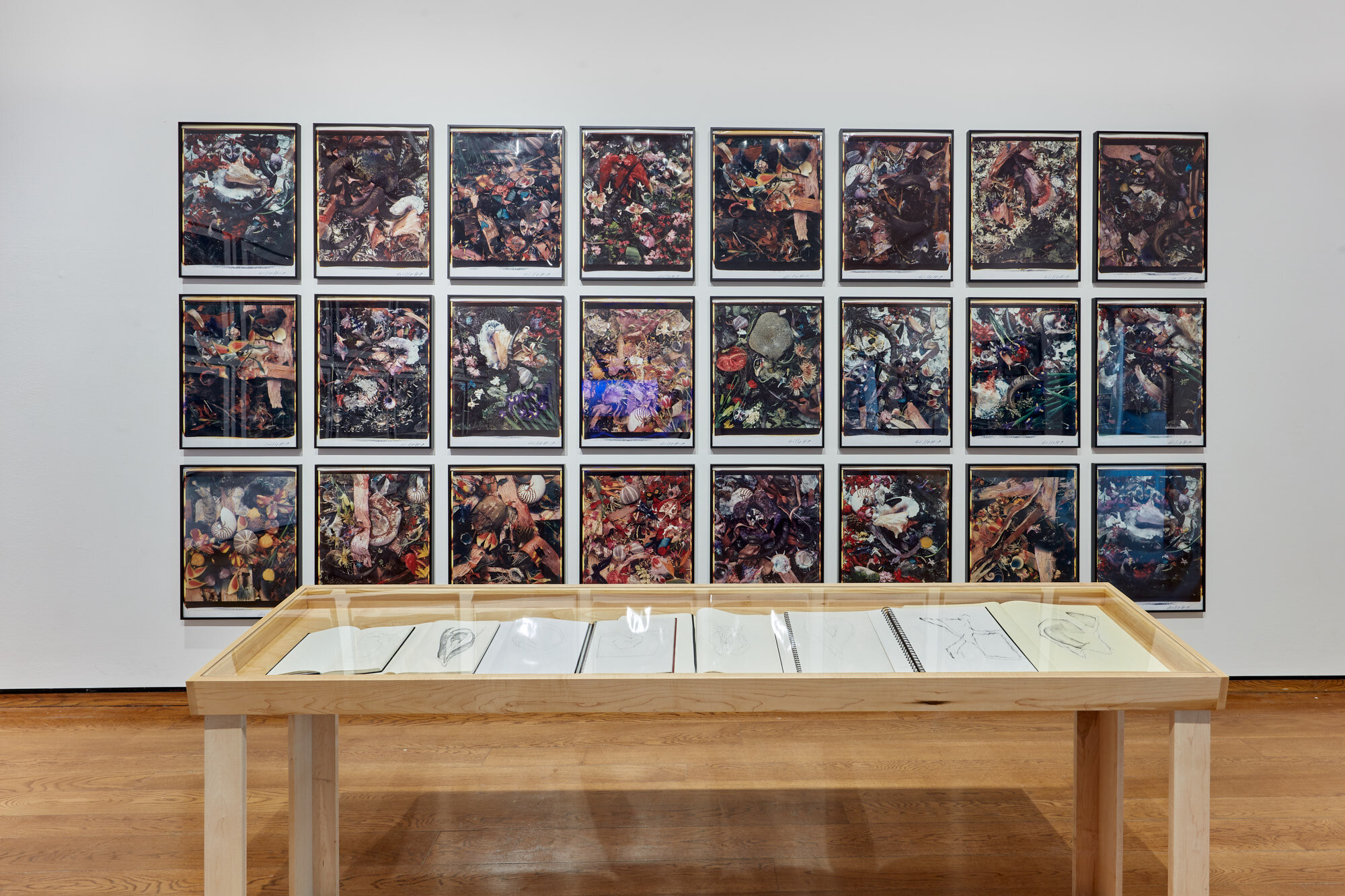
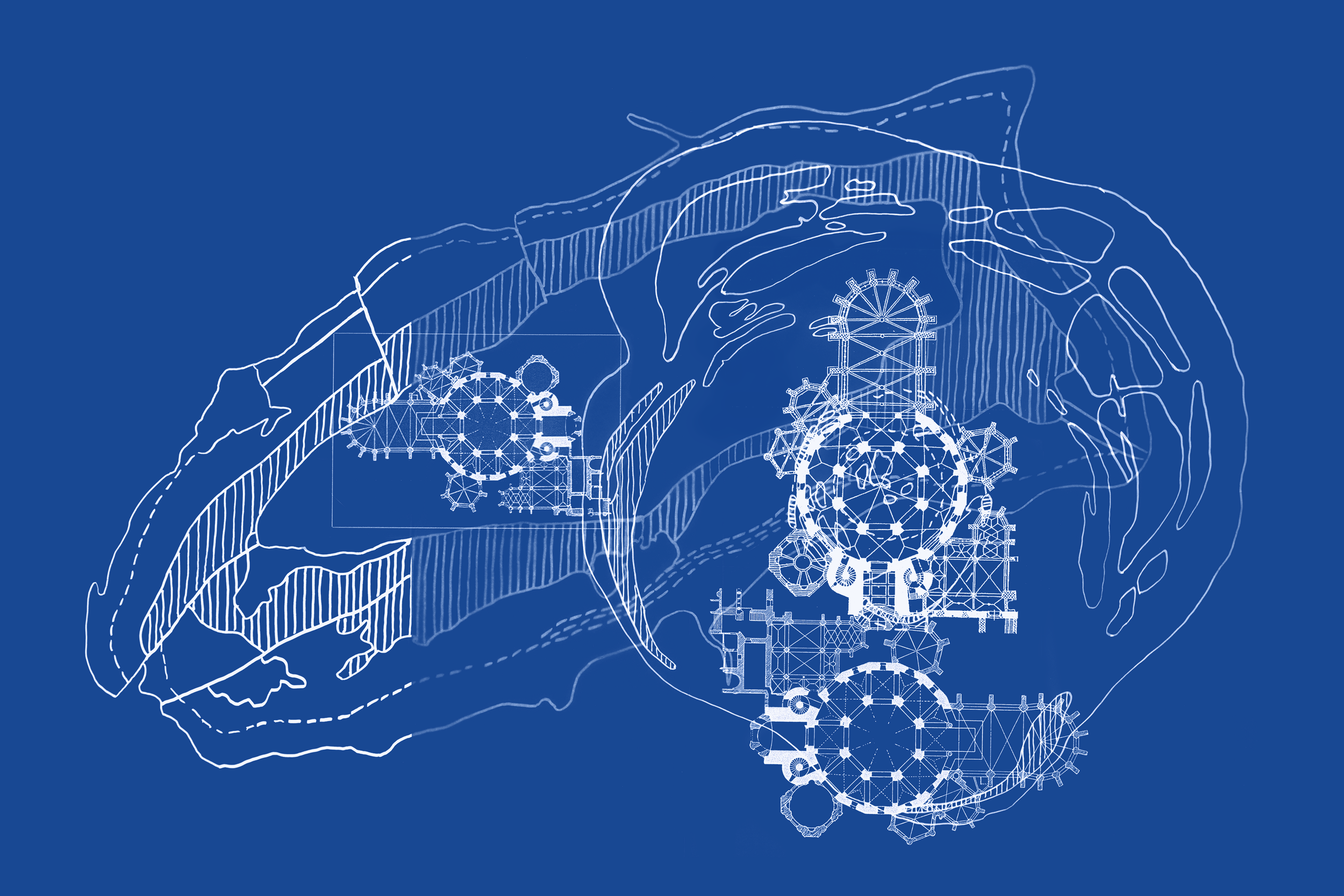
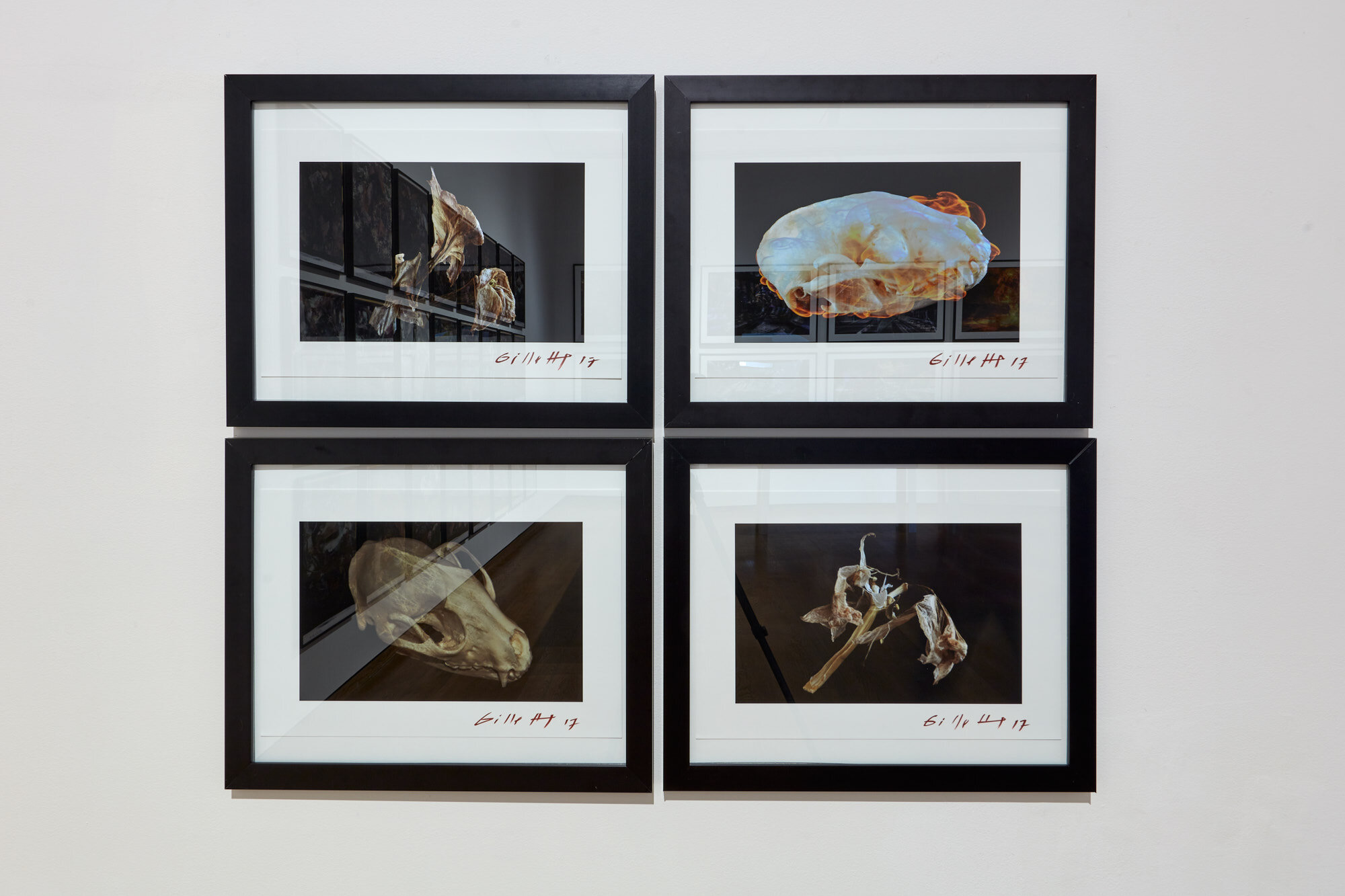
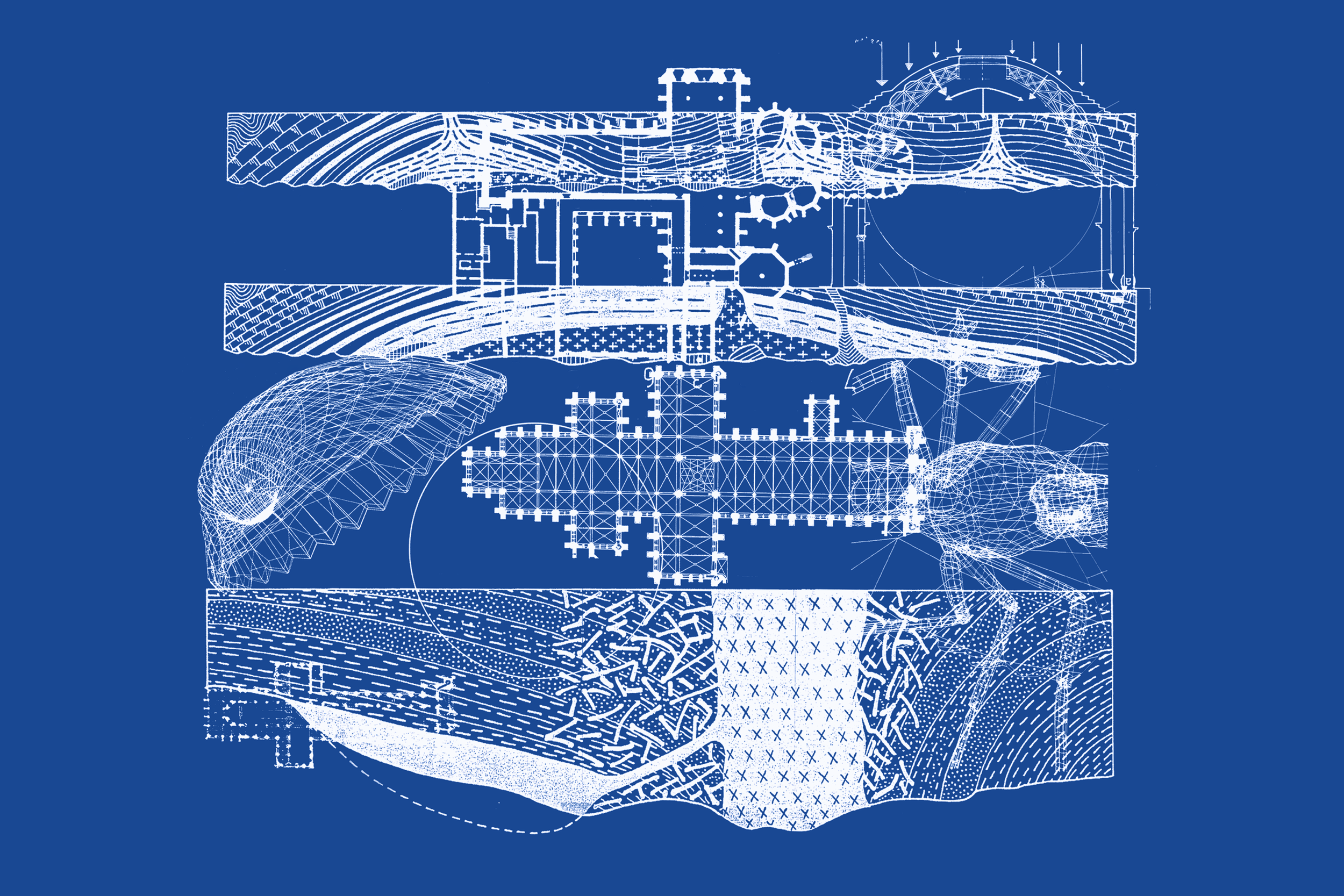
Strata: Frank Gillette & Suzanne Anker
Everson Museum of Art: February 9 – April 21, 2019
Strata is a layered and nuanced conversation between Suzanne Anker and Frank Gillette, two established artists who have long shared an interest in the environmental implications of human activity on the planet. While their respective bodies of work are visually distinctive, each exploits science and aesthetics to reveal the tensions that exist between the slowness of geological time and the rapid acceleration of technological time. These tensions extend to the conceptual and physical experience of the project itself, which unfolds in three parts: two solo exhibitions connected by a series of collaborative prints. Also titled Strata and the artists’ first ever collaboration, these quasi-scientific diagrams, constructed like layers within sedimentary rock, speak to an evolution that is both human and geologic.
Strata is co-curated by David A. Ross, who served as the Everson’s first curator of video art in 1971, and DJ Hellerman, the Everson’s Curator of Art & Programs.
Suzanne Anker: 1.5° Celsius
Using a range of media from living plants, digital sculpture, and installation to large-scale photography and projected video, Bio Art pioneer Suzanne Anker creates work at the intersection of the visual arts and biological sciences. 1.5° Celsius references the projected increase in temperature between 2030 and 2052 if global warming continues at its current pace and if the world fails to take rapid and unprecedented measures to stem the increase, according to a United Nations report published in late 2018. This subtle yet substantial change in temperature will have seismic implications for climate change, species extinction, and toxic degradation. Anker’s investigations into these issues encourage critical and enlightened thinking about the ways humans have altered nature in the past and will be required to alter nature in the 21st century.
Frank Gillette: Excavations and Banquets
The work of pioneering video artist Frank Gillette focuses on humans’ experience of natural phenomena. In the late 1960s and early 70s, Gillette’s multi-channel video installations with image feedback, time delay, and closed circuit systems helped define the way video technologies would be used as an art form. Gillette’s increasing fascination with the potential for digital media to subvert our obsession with speed inspires work that embraces a Zen-like experience of slow time. Creating multi-channel installations that continually shift, contain no beginning or end, and that juxtapose traditional modes of art making such as still life, landscape, and symbolic interaction, Gillette continues to deepen his career-long investigation of the intersections of technology, ecology, and cognition.